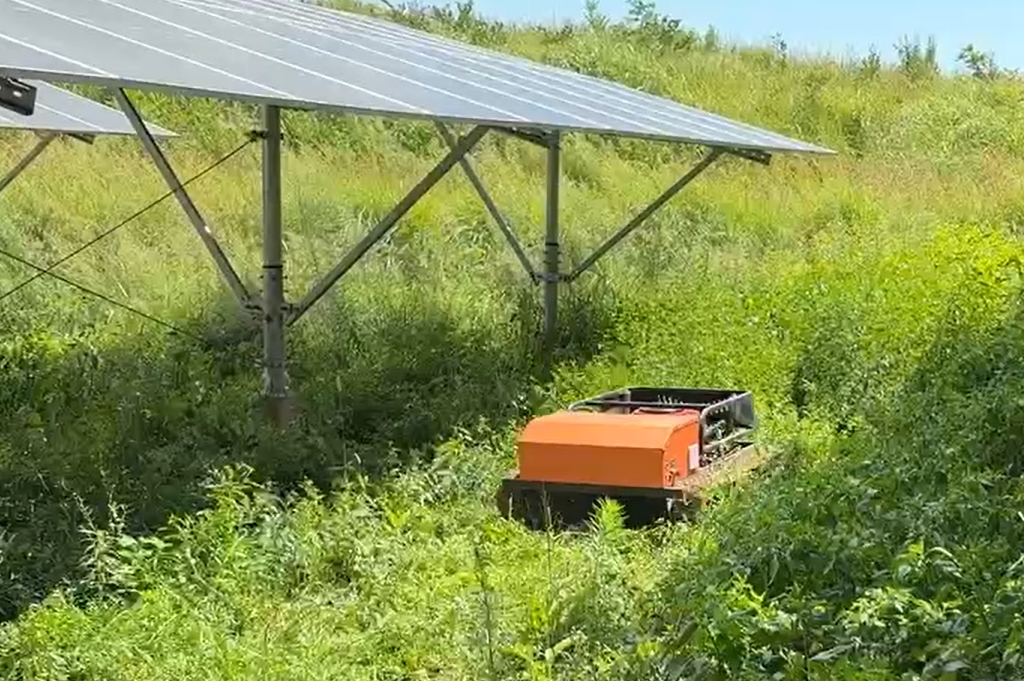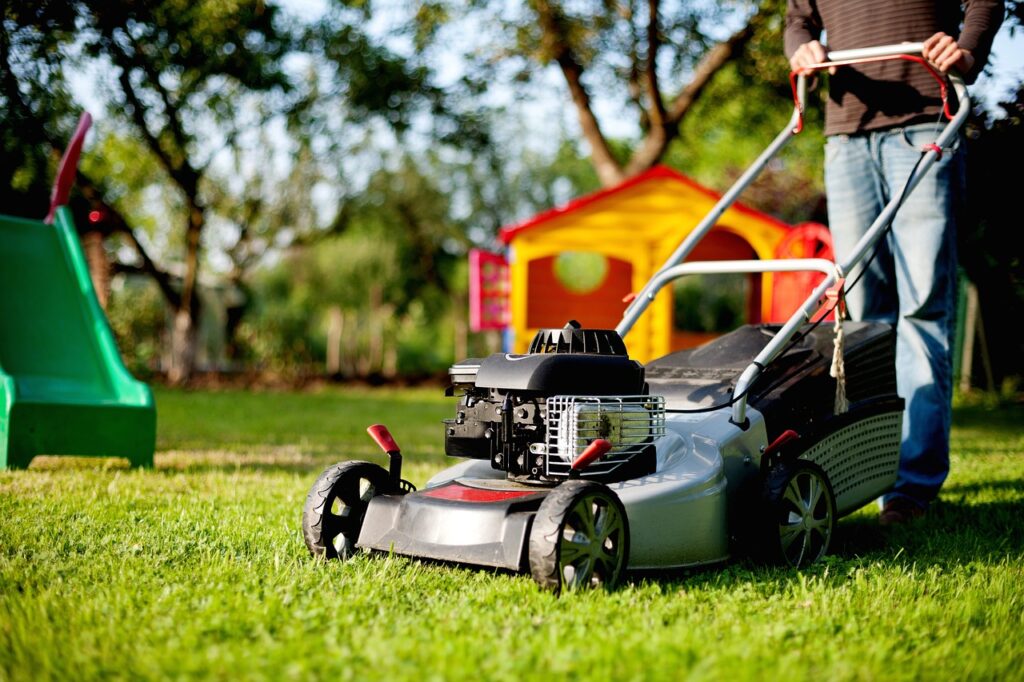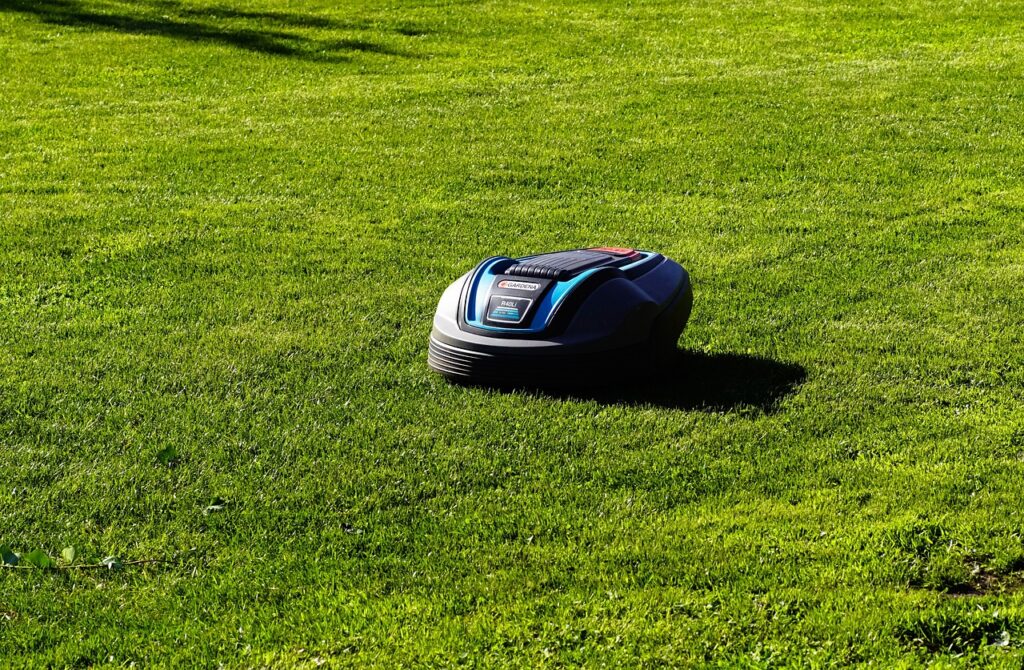Introduction: The Importance of Vegetation Management in Solar Farms
Vegetation growth under and around solar panels is one of the most overlooked challenges in solar farm operations. Overgrown weeds and grass can shade solar modules, reduce energy output, and even cause hot spot effects, which can damage panels over time. For utility-scale and agrivoltaic solar farms, effective vegetation management is essential not only for maintaining peak power generation efficiency but also for ensuring safe and compliant operations.
Traditional methods such as manual mowing or chemical herbicides often fail to meet these demands. Manual labor is time-consuming and costly, especially for remote solar sites, while herbicides face environmental regulations and public scrutiny.
This is where solar farm weeding robots step in, offering a modern solution that combines efficiency, safety, and sustainability.
Pain Points: Power Loss, Labor-Intensive O&M, and Safety Risks
Solar farm operators face several critical challenges:
-
Power Loss: Overgrown weeds can block sunlight, lowering solar panel efficiency by 5–8% on average. Hot spots from uneven shading can cause long-term panel degradation, directly impacting ROI.
-
Labor-Intensive Operations: Manual mowing requires multiple workers and repeated visits, increasing O&M (operation and maintenance) costs. Hiring and managing crews in remote areas can be a logistical nightmare.
-
Safety Risks: Human workers face hazards such as snakes, insects, uneven terrain, and extreme weather conditions. Chemical herbicides also present health and environmental risks.
Addressing these challenges is crucial for solar farms aiming to maintain reliable and profitable operations.
Solution: Autonomous Weeding Robots and Their Impact on Efficiency
Autonomous solar farm weeding robots are designed to tackle these problems head-on. Equipped with advanced navigation systems, obstacle detection, and slope-climbing capabilities, these robots can operate continuously across large solar farms with minimal human supervision.

Key benefits include:
-
Consistent vegetation control: The robot ensures solar panels remain free of weeds, directly boosting power generation efficiency.
-
Reduced labor costs: A single robot can replace several workers, cutting long-term O&M expenses.
-
Improved safety and compliance: Fully electric and unmanned, robots eliminate human exposure to hazards and comply with environmental standards.
By automating vegetation management, solar farms can maintain optimal panel performance while saving both time and money.
Case Study: Efficiency Gains with Solar Farm Weeding Robots
Industry data shows that implementing a solar panel vegetation control robot can increase energy output by 5–8%, depending on site conditions. For a 50 MW solar farm, this can translate to hundreds of megawatt-hours of additional electricity per year, significantly improving ROI.
In addition, operators report that robots reduce labor costs by up to 60%, while minimizing downtime for maintenance. Continuous operation also prevents weeds from regrowing between visits, something manual mowing cannot reliably achieve.
Conclusion: Why Smart Robots Are the Future of Solar Farm Operations
As solar farms expand in size and complexity, smart weeding robots are becoming a vital tool for sustainable and profitable operations. They not only increase energy yield and reduce O&M costs, but also enhance safety and environmental compliance.
Investing in autonomous vegetation management solutions is no longer optional—it is a strategic decision for any solar farm seeking to maximize efficiency and long-term profitability. With continuous improvements in robotics technology, the future of solar farm maintenance is automated, safe, and data-driven.


